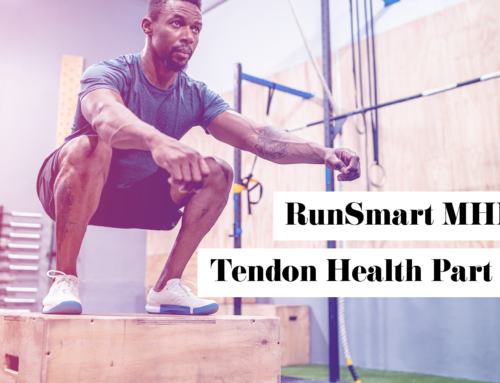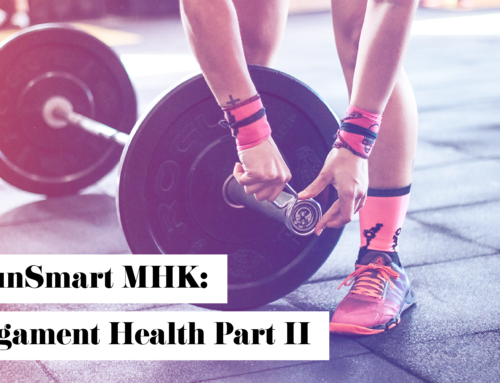Dry Needling: Stick it to Pain
Travis Nichols, PT, DPT, Maximum Performance Physical Therapist
Over the past few years, I have had more and more people ask about dry needling once they find out I’m a physical therapist and certified in the procedure. They commonly ask:
What is dry needling?
Does it hurt?
Is it a new type of treatment?
Can it help with my problem?
I enjoy conversations about dry needling because it has significantly impacted my ability to help patients reduce pain and improve their function so they can get back to doing what they love! It’s also exciting to provide a safe alternative to opioids for people struggling with pain.
The thing is, I am not a big fan of needles – at least I wasn’t until my first dry needling session as the patient. My pain and muscle tension improved so much I could continue running! So how and why does dry needling work? Let’s dive in.
Dry needling is a treatment used by physical therapists to help address neuromuscular dysfunction that causes pain, muscle tightness, restricted movement, and/or muscle weakness. There are several theories behind its overall effectiveness, and at Maximum Performance we are extensively trained in Functional Dry Needling®, an approach designed to restore optimal function.
When part of a well-rounded care plan, dry needling can reduce active trigger points, alleviate pain referral patterns, and provide a hard reset to dysfunctional muscles. What’s so impressive is we consistently see positive results in fewer visits compared with traditional soft tissue techniques. For some patients, significant improvement in symptoms and function occur with a single session. However, for the majority, improvement comes over the course of a series of sessions in conjunction with other treatment approaches such as therapeutic exercise.
People often ask if dry needling is painful, and that’s a tough question to answer because we all experience pain differently. Some patients say it is mildly painful while others describe it as uncomfortable. Even those who describe it as painful tend to be more than willing to seek it out again due to their improvement.
Here’s how a dry needling treatment session works. Once the target area is identified, the physical therapist places the needle and its protective sleeve into position and gently taps the needle into the skin. After the protective sleeve is removed, the needle is guided into the target tissue, likely toward an active trigger point or knot, which frequently elicits a reaction called a local twitch response.
Next, the physical therapist determines whether to let the needle rest in the tissue or piston it in and out. This is when patients may describe a level of discomfort. Electrical stimulation can be introduced to rhythmically contract and relax muscle in order to re-educate it to work correctly. Once the needles are removed, the session is complete.
It is normal for patients to experience localized muscle soreness for up to 24-48 hours; however, if patients increase water intake for the first 24 hours, this is less noticeable.
Please call us for an appointment if you think dry needling could help you, a loved one or friend.




